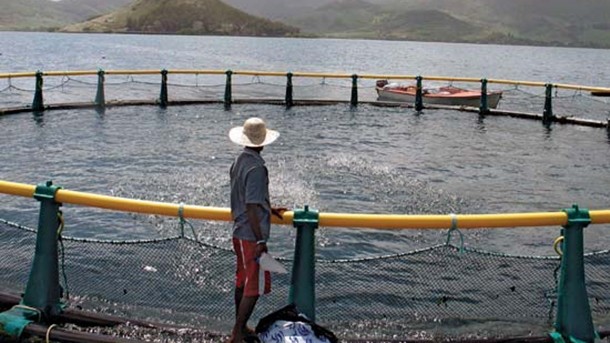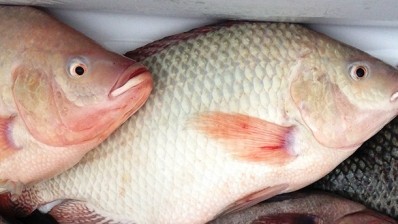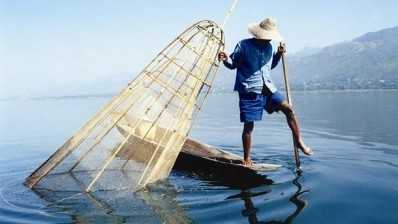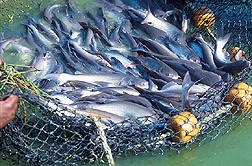Asia to consume over two-thirds of the world's fish by 2030

This will be happen as catches from wild-capture fisheries level off and demand from an emerging global middle-class, especially in China, substantially increases, says Fish to 2030: Prospects For Fisheries And Aquaculture, a collaboration between the World Bank, Food and Agriculture Organisation of the United Nations (FAO) and the International Food Policy Research Institute (IFPRI).
According to FAO, at present 38% of all the world’s fish is exported, with over two-thirds of these exports coming from developing countries in Asia and elsewhere directed to developed countries.
Keeping up with demand
The report predicts that by 2030, China fast developing fish economy will provide 38% of the world’s seafood. China and many other nations are increasing their investments in aquaculture to help meet this growing demand.
Aquaculture will provide 62% of the world’s fish, with the fastest growth in supply likely to come from tilapia, carp, and catfish. Global tilapia production is expected to almost double from 4.3m tonnes to 7.3m tonnes a year over the period of the study.
"The fast-moving nature of aquaculture is what made this a particularly challenging sector to model—and at the same time, embodies the most exciting aspect of it in terms of future prospects for transformation and technological change," said one of the report's authors, Siwa Msangi, of the International Food Policy Research Institute.
"Comparing this study to a similar study we did in 2003, we can see that growth in aquaculture production has been stronger than what we thought."
Concerns over sustainability
The World Bank's director of agriculture and environmental services, Juergen Voegele, warned that carefully thought-out policies are needed to ensure the resource is sustainably managed.
"Supplying fish sustainably—producing it without depleting productive natural resources and without damaging the precious aquatic environment—is a huge challenge," Voegele said.
"We continue to see excessive and irresponsible harvesting in capture fisheries and in aquaculture, disease outbreaks among other things, have heavily impacted production. If countries can get their resource management right, they will be well placed to benefit from the changing trade environment."
Fisheries and aquaculture are a vital source of jobs, nutritious food and economic opportunities, especially for small-scale fishing communities. Yet threats from large-scale disease outbreaks in aquaculture and climate change-related impacts could dramatically alter this.
Árni M. Mathiesen, assistant director-general of FAO's Fisheries and Aquaculture Department, emphasised that unlocking the potential of aquaculture could have long-lasting and positive benefits.
"With the world's population predicted to increase to 9 billion people by 2050—particularly in areas that have high rates of food insecurity—aquaculture, if responsibly developed and practiced, can make a significant contribution to global food security and economic growth," Mathiesen said.














